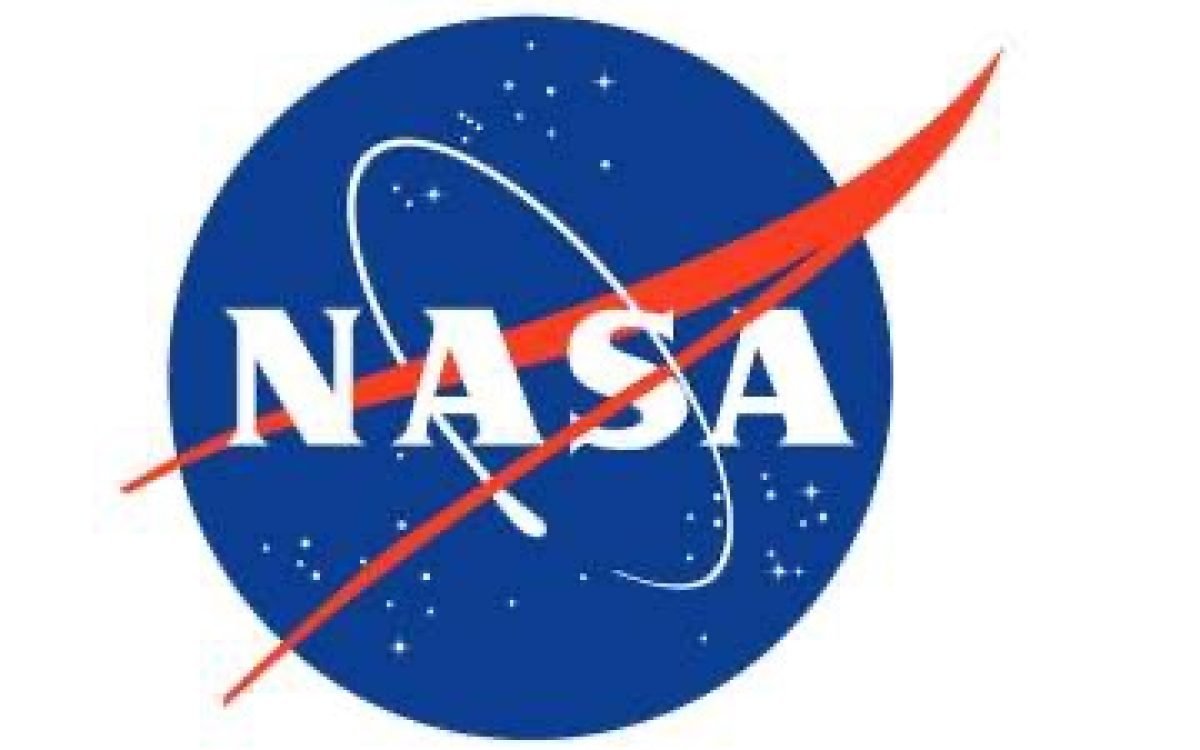In a quest to unravel the enigmatic properties of lunar regolith, NASA, in collaboration with the University of Central Florida, embarked on a groundbreaking mission aboard Blue Origin’s New Shepard uncrewed rocket. The Electrostatic Regolith Interaction Experiment (ERIE) represents a pioneering endeavor aimed at deciphering the complex dynamics of highly-charged Moon dust, shedding light on its profound implications for future lunar exploration under the Artemis mission.
Unveiling the ERIE Experiment:
Launched alongside 13 other NASA-supported payloads, the ERIE experiment heralds a new era of scientific inquiry into the fundamental characteristics of lunar regolith. Developed as a joint effort between NASA and the University of Central Florida, ERIE seeks to elucidate the intricate interplay between abrasive dust grains and astronauts, spacesuits, and equipment deployed on the lunar surface.
Challenges Posed by Lunar Regolith:
The Moon, subjected to the relentless barrage of solar wind and ultraviolet radiation, harbors an environment ripe with charged particles and abrasive dust grains. These electrified particles pose significant challenges for lunar explorers, as they can adhere to spacesuits and equipment, potentially compromising functionality and safety during missions.
Unraveling the Mystery of Moon Dust:
At the heart of the ERIE experiment lies the quest to understand the mechanisms governing the behavior of lunar regolith in microgravity environments. By analyzing data collected during the suborbital flight test, researchers aim to unlock the secrets of dust charging phenomena and its impact on mission-critical components.
Navigating the Path Forward:
Krystal Acosta, a researcher involved in NASA’s triboelectric sensor board component within the ERIE payload, underscores the urgency of addressing the dust charging problem. With no viable solution in sight, the implications of lunar dust charging extend far beyond surface-level concerns, encompassing the integrity of habitats, instruments, and the overall success of future lunar missions.
Conclusion:
As the ERIE experiment delves deeper into the mysteries of Moon dust, its findings promise to reshape our understanding of lunar environments and inform the development of innovative solutions to mitigate the challenges posed by charged regolith particles. With each discovery, humanity edges closer to unlocking the full potential of lunar exploration and establishing a sustainable presence on Earth’s celestial companion. The journey towards unlocking the secrets of Moon dust is not merely a scientific endeavor but a testament to humanity’s insatiable curiosity and unwavering determination to explore the cosmos.









